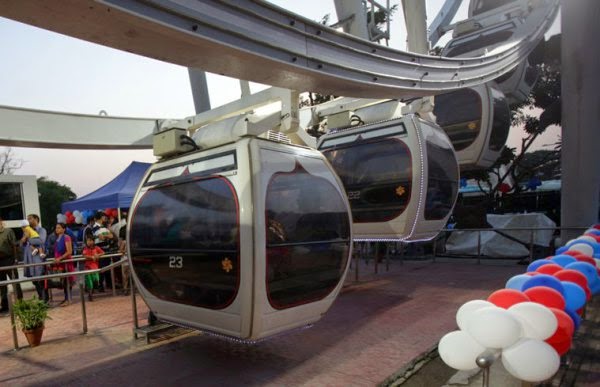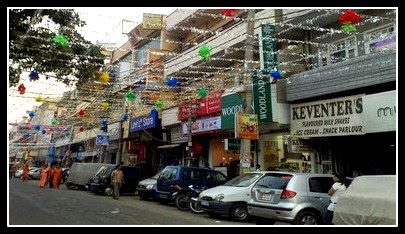Chandni Chowk is well known for the variety and
authenticity: food, delicacies and sweets of more than 1,000 kinds, sarees with
chikan and zari work. Kinari Bazaar is the wholesale market for ethnic clothing
and is the best place to look for zari and zardozi trimmings and tinsel. The
cloth bazaar of Katra Neel offers all kinds of fabrics such as silks, satin,
crepe, cotton and muslin.
This market can be said to be a paradise for shopping freaks. All you have got to do is put in your time, energy and bargain.
An interesting thing about this place is that there is a Jain temple, a mosque and a Gurudwara right next to each other. The Lal Mandir is the oldest jain temple in Old Delhi and is located at the Netaji Subhash Marg opposite to the Red fort. Just a few steps away from the temple is Gurudrawa Sis Ganj Sahib. And when we talk about the mosque it is the very famous Jama Masjid.
Chandni Chowk is the location of the original Haldiram's and
brands such as Gianis. When we talk about food, it is exclusively known for
it's street food and sweets. When there don't forget to visit the Prathe wali
Gali where you get finger licking food. Around 40 different types of prathas
are served in this by-lane of Chandni Chowk. When we talk about food let us not
miss the authentic, hand-picked spices at the Khari Baoli market.
Follow the narrow lanes and get lost in the smell of
delicious street food at Chandni Chowk.










































